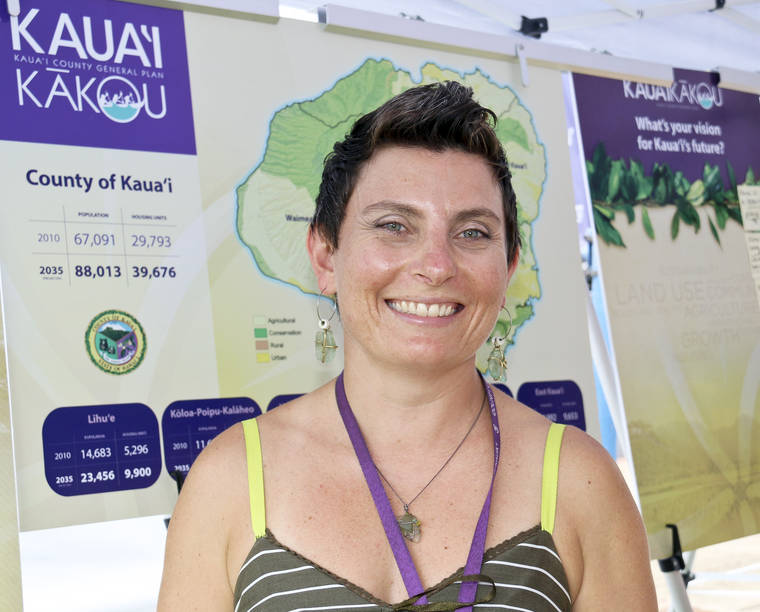LIHUE — A new report from the nonprofit Surfrider Foundation gives Hawaii a “C” in coastal management as it relates to climate change.
It also suggests the rest of the state should model themselves after Kauai and Maui counties in their beach-management plans.
The recently released 2019 State of the Beach Report gives coastal states a letter grade based on their preparation for climate-change impacts.
The organization evaluated 31 states and Puerto Rico using criteria for sediment management, development, coastal armoring and sea-level rise. Each state was evaluated on policies, regulations, planning and implementation based on existing literature, online resources, communication with coastal-zone-management agencies and local monitoring by the Surfrider Foundation network.
Only one state received an “A” grade — California.
“The report reveals that 74% of coastal and Great Lakes states, in addition to the territory of Puerto Rico, earned ‘C,’ ‘D’ or ‘F’ grades and are therefore doing a ‘mediocre-to-poor’ job or are entirely failing to protect the nation’s coasts,” Surfrider officials said in a release about the report.
The assessment also highlights that the states that are most-heavily impacted by extreme weather events and rising seas are currently the least prepared to handle climate-change impacts.
In evaluating Hawaii, the report points out Kauai’s strong shoreline setbacks and beach-management plans. Those plans are constantly evolving with the input of community members, scientists and researchers.
Kauai’s county Planning Department works directly with University of Hawaii Sea Grant Extension Agent Ruby Pap, for instance, to educate the public on shoreline setbacks and coastal erosion.
Pap is also working with community members to analyze sea-level-rise impacts from the perspective of longtime residents, integrating local knowledge into adaptation plans. Tthe West Kauai Community Vulnerability Assessment is an example of this. It’s an effort to map out vulnerabilities specifically on Kauai’s Westside, and to generate ideas for adaptation.
The 2019 State of the Beach Report assigns a ranking of “bad,” “OK” or “good” for the areas of sediment management, coastal armoring, development and sea-level rise. Hawaii ranked at the “OK” level in all four of those categories.
The report also points out Hawaii’s challenge of having more coastal area than most states, and suggests it will take “comprehensive and stringent” management plans to protect those resources.
“All counties should include the recommendations in the statewide plan and create beach-management plans modeled after Maui and Kauai,” the report says.
It also suggests Hawaii reduce the permitting of emergency shore protection with seawalls and hard armoring and dedicate more money for developing climate-adaptation plans.
In announcing the report, Surfrider’s Coastal Preservation Manager, Stefanie Sekich-Quinn, said it’s “imperative” for the nation’s state and federal governments to take proactive action in relation to climate change.
“The Surfrider Foundation’s State of the Beach Report aims to raise awareness about coastal threats, empower citizens to work with decision-makers, and provide recommendations to improve local responses to coastal erosion and sea level rise. It’s critical that states take action now to protect our nation’s coastal communities for the future,” Sekich-Quinn said.
•••
Jessica Else, environment reporter, can be reached at 245-0452 or jelse@thegardenisland.com.



